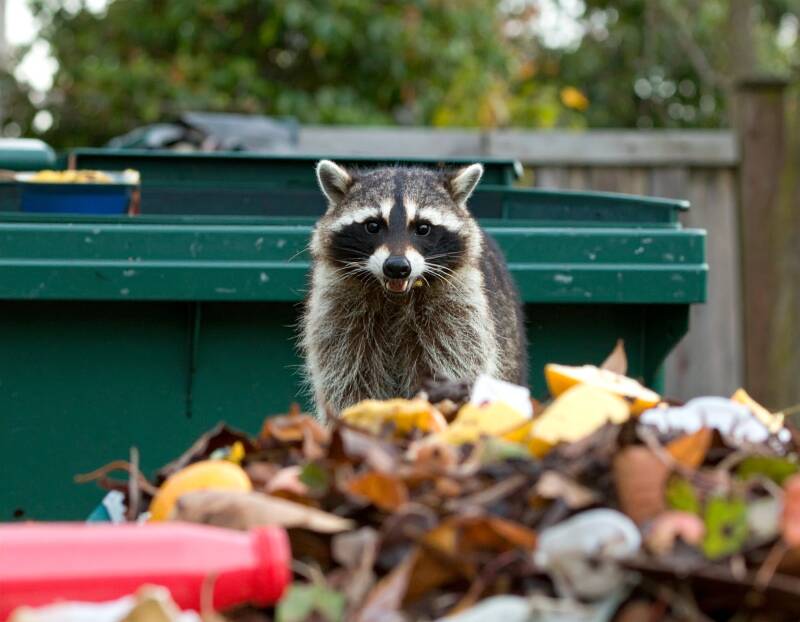by Priyanwada Atapattu

When we think of wildlife, we often imagine deep forests, rolling fields, and quiet rivers. But for many animals today, their “forest” is made of concrete, their “river” might be a drainage canal, and their “trees” are streetlights and telephone poles. Cities are growing fast, and with them comes a surprising story of adaptation. City life also presents significant challenges for wildlife, including limited availability of suitable habitats, disturbance from human activities, competition with non-native species, increased exposure to diseases, and the inherently high-risk nature of urban environments. Animals adapt in all environments as it is a fundamental principle of survival; yet the strategies they employ in urban settings often differ markedly from those in rural forests. Urban-adapted species are frequently efficient scavengers, dietary and habitat generalists, or so-called “weedy” species capable of thriving in highly modified environments.

Fast Food vs. Seasonal Feasts
In forest environments, food availability follows seasonal patterns such as berries in summer, seeds in autumn, and insects in spring. Wildlife species synchronize key life-history events such as migration, hibernation, and breeding with these resource cycles. In contrast, urban environments offer a relatively constant, year-round food supply. Anthropogenic resources such as discarded food, bird feeders, ornamental fruit trees, and refuse provide readily accessible energy sources. Some species exhibit marked dietary shifts in response to these conditions: urban foxes, for instance, may replace hunting wild prey with consumption of processed foods such as meat, bread, pasta, and cheese, while coyotes, as dietary generalists, exploit a wide spectrum of resources ranging from small mammals and fruit to pet food and human food waste.
From Tree Hollows to Rooftops
Forest-dwelling species rely on natural structures such as tree cavities, dense vegetation, burrows for nesting and shelter. These features also provide protection from predators and extreme weather conditions. Urban counterparts frequently substitute these with artificial structures, such as building ledges, bridge undersides, storm drains, and attic spaces. This shift in nesting ecology may extend breeding seasons in cities, particularly in areas affected by the urban heat island effect.
Predators or People?
In forests, predation pressure is caused primarily by native predators within the natural food web. In urban systems, the absence or reduction of such predators is offset by novel risks, including vehicle collisions, exposure to pollutants, entanglement in waste materials, and predation by domestic pets. Many species respond to these hazards by altering their activity patterns, becoming more nocturnal to avoid human presence. Apex predators are rare in cities, because their existence is limited by large territory size, lack of large size prays, and fear of humans.
The Bold and the Brave
Urban wildlife often exhibits reduced flight responses and increased tolerance toward human activity. For instance, pigeons in dense city centers may remain stationary at close human approach, whereas the same species in rural settings displays a much larger flight initiation distance. Such behavioral shifts are often accompanied by changes in communication strategies, for example, songbirds in urban areas increasing the pitch of their calls to overcome background noise.
Evolution in the Fast Lane
While many adaptations to urban environments are behavioral or physiological, some are evolutionary. Documented cases include urban blackbirds with altered migratory behavior and song characteristics, and populations of mosquitoes in underground transit systems that have become reproductively isolated from above-ground counterparts. These changes illustrate how urban environments can act as drivers of rapid evolutionary divergence.
A Shared Thread
Whether in the heart of a forest or the middle of a metropolis, the same rule applies: adapt or struggle. The difference lies in the direction of those adaptations forests demand strategies for surviving nature’s cycles, while cities require navigating human-made hazards and opportunities. In a way, animals in cities are modern pioneers, exploring a brand-new wilderness made of glass and steel. And just like their forest-dwelling cousins, they’re finding clever ways to make it home.
Add comment
Comments